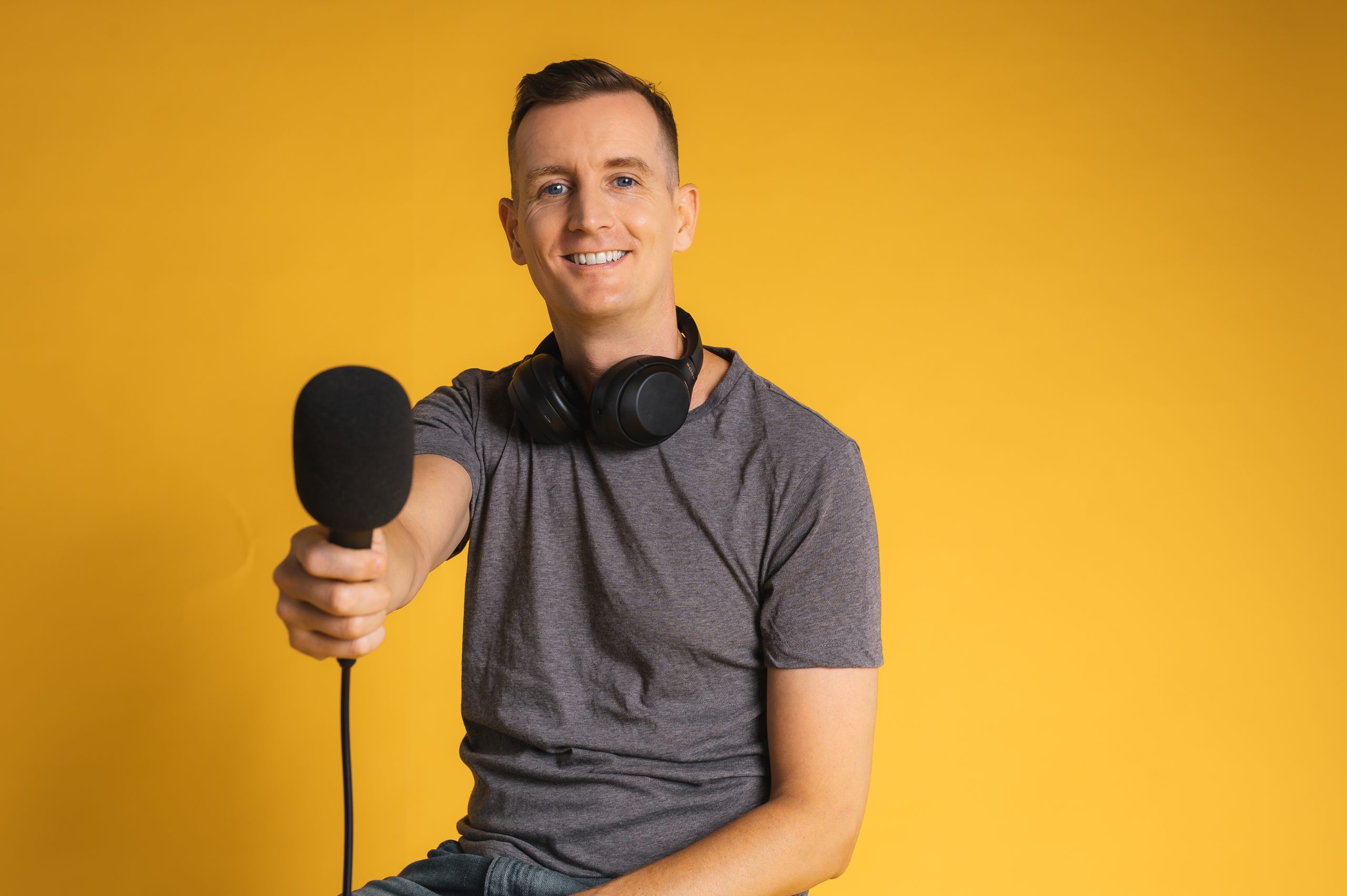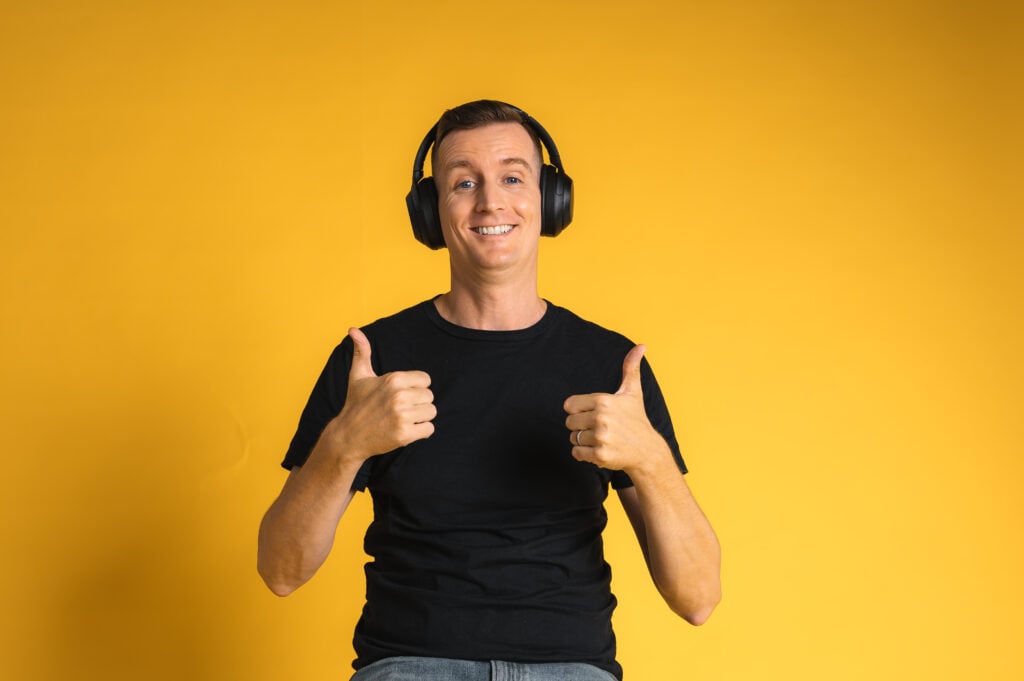What did you think of this episode? Let me know and I’ll feature it on the podcast!
[00:00:00]
Welcome to Smarter Podcasting where I share my experiences and insights into the world of podcasting. If you want to start your own show or learn more to help your existing podcast, then I am here to help. Podcasting has changed my life and I want to help you change yours too. My podcasting journey began with “ The Vietnam Podcast” in 2019. And it has been incredible since then.
After I lost my job in the pandemic, I decided to turn my passion into a full-time business, and launched “ Seven Million Bikes Podcasts.” I now work full-time to help others achieve that dream too. Thanks to podcasting, I also now regularly do voiceover work and have even done a TV commercial.
I was only in it for a few seconds and I can show you if you want. It wasn’t even my voice. But it was amazing. I now work with podcasters around the world from Vietnam to Israel, the [00:01:00] Netherlands, and the UK, and the US. And a host of diverse fields from marketing, tourism and a personal favorite of mine, ‘craft beer.’
Through Smarter Podcasting, I’m excited to pass on all the valuable lessons that I’ve learned along the way and help you navigate the exciting world of podcasting with confidence. In every episode I provide practical tips, expert advice, and inspiring stories that will help you succeed in your podcasting ambitions too.
I understand the challenges you face as a podcaster, and my goal is to equip you with the tools and knowledge that you need to succeed. The reason I founded Seven Million Bikes Podcasts was to help you save the time and the stress needed to create and develop your podcast.
In this episode, we’re going to explore the benefits of wearing headphones for podcasting and why finding the right pair of headphones is essential for your success as a podcaster.
We’ll also delve into different types of podcasts headphones available, including [00:02:00] over-ear, on-ear, and in-ear designs. And we’ll cover the pros and cons of wired and wireless options. We’ll also talk about the features that you should look for in your dream podcast headphones, such as sound isolation, comfort, and accurate audio monitoring.
And to make things even better, I’ll be sharing some of the best podcasts headphones across different price ranges, whether you’re on a budget, or looking for the high-end options that deliver unparalleled sound quality. I also don’t want you to make the same mistakes as I did when I first started and didn’t use headphones at all.
I didn’t understand the benefits and I couldn’t see the reason for using them.
So, let me start with the benefits.
Wearing headphones during your recording sessions or editing process can significantly enhance your podcasting experience. I love it now, and I can’t believe I didn’t use to wear them.
One of the biggest benefits is ” sound isolation.” When you put on those headphones, [00:03:00] they create a barrier between your ears and the noisy environment around you. This isolation allows you to focus solely on your podcasting tasks. And it results in much, much better sound quality. But the main benefit is being able to hear exactly what the microphone hears and not what your ears hear.
Most of all you realize what a ‘sultry’ and ‘sexy voice’ you have. Many of the podcasts that I work with are terrified about the sound of their own voice. Then when they slip on those headphones and talk to the microphone. They hear the richness of the voice and they are amazed. Most people don’t like the sound of their own voice.
So if that’s you, don’t worry. Start talking into that mic, the good pair of headphones on and you will hear the difference immediately. Now, like I said, with headphones on you will hear what the microphone heals, not what your ears hear.
One of the first podcast I recorded, I had a glass of water with ice on the table that I would [00:04:00] take a sip from and then put it down next to my blue Yeti condenser microphone. Because it could pick up all the sounds around it. It clearly picked up the jangling of the ice cubes in the glass. Much, much more than what might yours could hear.
It wasn’t until I went to edit the episode that I realized my mistake. I had to cut whole chunks of the podcast out that had ice clanking away in the background. But this is another great reason to use individual dynamic microphones.
Like the one I’m using now. And if you want to learn more, then go back to the last episode of Smarter Podcasting, which was all about microphones. I’ve produced episodes where the headphones pickup clients; chairs creaking; them hitting the mic stand; and even burping. They thought they were doing it quietly, but everything is picked up in the headphones.
So make sure you record with headphones on, and you’ll be able to hear these noises in the moment and adjust there and then, and save you time in the editing process.
[00:05:00] Now that you understand the benefits, let’s look at the different types of podcast headphones available. We have over-ear, on-ear, and in-ear designs. Each type comes with its unique characteristics. So let’s explore them further.
Over-ear headphones, feature, large ear cups that cover fully your ears providing excellent sound isolation and comfort, which is important when you’re wearing them for a long time. These are great for podcasters who prefer an immersive listening experience and need to block out all that external noise effectively.
On-ear headphones rest directly on your ears. Offering a balanced combination of portability and sound quality. The smaller and lighter than over your headphones making them a good choice for podcasters who really want a more compact design.
In-ear headphones also known as earbuds, which everybody will be familiar with are small, lightweight, and they’ll also fit snugly inside your canal. These headphones are obviously highly portable, which make them [00:06:00] ideal for podcasting on the go. If you don’t have much baggage space. So if you prioritize convenience and mobility, in-ear headphones, it might be the perfect fit for you.
So which design should you go for ‘on-ear’, ‘in-ear’, or ‘over-ear’? Well, it really depends on your personal preferences and your specific needs as a podcaster.
In-ear headphones are great for the portability and noise isolation, making them perfect for on the go use. In-ear headphones are great for on the go use. On-ear headphones strike a nice balance between portability and comfort, and they do offer decent sound, quality and convenience.
But over-ear headphones, prioritize superior sound quality and comfort, and they just provide a much more immersive listening experience, and effect of noise isolation, and they’re just so much more enjoyable to use. They do tend to be a bit bulkier and less portable compared to other options.
So as you’re considering your options, don’t forget to take into account your podcasting style and your environment. [00:07:00] Think about whether you’ll be recording primarily in a controlled studio setup, or if you’re podcasting on the move. The right headphone choice can make all the difference in delivering the best possible audio content to your audience.
And so my biggest tip would be whatever you choose, definitely use headphones.
So now that you have a better understanding of the different headphone designs let’s take a look at the wired versus wireless debate. Both of these types have their own pros and cons. So let’s look at them.
Wired headphones also known as “Studio Headphones” are reliable and a commonly used option for podcasting.
They offer a direct connection to your recording device. So it ensures consistent and high quality audio transmission without the need for battery charging.
These headphones can be more affordable and also you don’t have to worry about the battery running out. However the downside is that the wires can sometimes be cumbersome and get in your way if you like to [00:08:00] move about a lot while you’re recording.
I can’t tell you the amount of times I’ve pulled on the wire, pulled them out, knock the laptop over. So it can be a little bit tricky with that.
So on the other hand, wireless headphones, they have gained a lot of popularity due to their convenience and the freedom of movement. That’s what I prefer to use because I don’t want to pull over any more laptops.
They connect to your podcasting device via Bluetooth. So they eliminate the hassle of those tangled wires, and they also allow you to move about while recording. Or I like to use my hands a lot and so that is a massive barrier for me. I have a lot of wires connected as it is already. I don’t need one more wire in there.
The downside is they do require charging. So if you do let them run out and you may have to pause recording while you charge them. And with the Bluetooth, there may be occasional connectivity issues, or maybe even all you latency, which really depends on the device and the connections’ stability.
So you do want to make sure that the headphones that you choose are compatible with your podcasting [00:09:00] equipment.
Look for headphones with versatile connectivity options. You want to make sure they have the 3.5 millimeter jack or compatible with USB or Bluetooth connections. Having the right connections will definitely ensure a much smoother and seamless integration with your podcasting and recording setup.
I use the PodTrak P4, which connects my microphone. And that also is a headphone Jack at the bottom. Now the PodTrak P4 can’t be connected with Bluetooth only the 3.5 millimeter jack and I use the Sony WH-1000XM4 headphones, which are Bluetooth, but they do also come with a wire so they can be used for recording too.
So when I’m in the studio or recording, I will connect with the wire to the PodTrak P4 and I can hear my voice through the microphone. If I’m doing editing, I can wear them with just the Bluetooth connection.
And as you can see right now, I’m not wearing them at all. Shh. Don’t tell anyone.
Some podcast, headphones like these ones do actually come with [00:10:00] a built in microphone, which can be useful for podcasters who prefer a more streamlined set up. But make sure that you check that the microphone quality meets the standards that you and provides clear and accurate audio capture. More often than not the microphone that’s in the built in headphones is not going to be that great and it’s going to be nowhere near as good as this. I personally wouldn’t advise you to use this microphone, but i’m all about doing so if that’s all your budget allows then go for it. And of course, budget is always a consideration especially for a Scotsman like me. And these will only set you back about $50.
Our next budget is the Sennheiser HD280 PRO, this wired headphones offer a good neutral sound, making them popular among podcasters and audio professionals for the excellent noise isolation and the accurate sound reproduction. The pros of these includes close back designs, which provides excellent sound isolation, allowing you to focus on your [00:11:00] recordings without distractions, which is important.
These headphones are ideal for you. If you want to capture and monitor every little nuance of your voice and the audio content, which as I mentioned, can be crucial if there is distracting noise around you, that you hadn’t noticed. They also come with a detachable coiled cable, which provides flexibility and convenience, like I mentioned.
On the cons side, some users say that they find these to be bulkier and less portable compared to smaller headphones. Also at the headband patting may wear out over time with extended use, which could affect the comfort. These ones will cost you about a hundred dollars.
Now, moving up to the mid range options. We have the Audio-Technica BPHS1. These headphones are a popular choice among podcasters, broadcasters, and audio professionals, because they are specifically designed to provide excellent audio quality and comfort during extended use. And if you’ve ever worn uncomfortable headphones, you will know how important comfort is.
This design [00:12:00] provides good noise isolation, avoiding audio bleed, and blocking out ambient noise. You will appreciate that when it comes to editing. The BPHS1 also deliver a high quality sound with its frequency, tailored for speech, ensuring clear and focused vocals while minimizing all that background noise and off-axis sound that you don’t want.
The headset is designed for long recording sessions. Anything over 10-minutes with uncomfortable headphones is a nightmare. So the lightweight construction and the cushion ear cups are a massive benefit.
The only the con side is there may not be as suitable for just general listening. And they also require a physical connection to an audio source. So that limits the mobility compared to wireless options.
The Audio-Technica BPHS1 they will cost you about $250.
Another top range option is the Audio-Technica ATH-M50x these headphones are highly regarded by sound engineers and offer a more natural sound. They have [00:13:00] great comfort as well, and a detachable cable for convenience, which I love. The pros of the Audio-Technica ATH-M50x included exceptional sound quality, delivering accurate, and detailed audio across a wide frequency range.
They also come with three detachable cables, including straight and coiled options. And that gives you a lot of versatility and convenience.
On the cons side, as I have mentioned with many headphones, the ear pads aren’t easily replaceable, and some people find the base slightly too emphasized.
The Audio-Technica ATH-M50x come in about $170.
Now we’re going to move on to the high-end options, those top best podcast headphones that cater to audio files and professional users seeking unparalleled audio quality.
And the first one is the Sony WH-1000XM4 that I mentioned earlier, that I regularly use. These are highly acclaimed high-end wireless headphones with outstanding [00:14:00] features. This Sony offer industry leading noise cancellation, which uses advanced technology to analyze and suppress the ambient noise and external sound. So this allows you to enjoy music as well as podcasts, without the distractions from the outside world. And this is really helpful when editing.
I’m going to take them off now. The noise cancellation is still good. I can hear myself speak though. So the pros are the Bluetooth connectivity, which I love it can connect to two devices seamlessly so I can connect to my phone and my computer at the same time. And you don’t have the hassle of keyboards.
And they have a ridiculously long battery life. I’ve taken them on long haul flight back home, and then back to Vietnam. Without having to charge them. Once the battery lasts up to 30-hours in a single charge and they also have fast charging as well. So they can charge up to 50% in as little as 10-minutes.
On this side, there’s also the touch sensor will controls. So on the ear cups that you can see here. And you can use them to adjust the [00:15:00] volume. Play, pause the music, and answer calls as well. It also supports a voice assistance like Google and the Amazon Alexa. I’ve not quite mastered the use of that yet, but partly it’s really good if I do.
On the cons side, to access and adjust some of the more advanced features you need to get the app. The Sony Headphones Connect App, which you may not like if you just want a more straightforward and standalone experience. Obviously, these are my number one recommendation because I use them. The biggest thing I love about them is the Bluetooth, but also that you can connect to things like the PodTrak P4 with the wired as well.
They will set you back a little bit they cost 350 US dollars. You can upgrade to the newer model which is the XM5, and those will be $400.
The final high-end option is the Audeze LCD-2. This is a pair of planar magnetic headphones which i don’t even know what that means – means they must be good. They provide a wide frequency response exceptional clarity and a luxurious [00:16:00] build would you would expect for the price.
These headphones offer a premium build quality so they have a sturdy metal and wood construction which adds both durability and some elegance to their appearance as you can see in the picture.
The LCD-2 offers a detachable cable for easy replacement and customization with both the 3.5 millimeter connection which will be used to and then also the bigger one the 6.3 millimeter adapter.
On the cons side due to their size, weight, and open back design, The LCD-2 headphones may not be the most portable option And also with the price you probably don’t really want to take them out the studio.
Also planar magnetic headphones will typically require more power to drive compared to other headphone types. Watering thousand dollars. But if you have the budget. Go for it.
So now that we’ve explored some of the best podcasts headphones around across different price ranges, it’s time to make your choice. So remember that the best headphones for podcasting are the ones that [00:17:00] enhance your audio production and allow you to accurately monitor your recordings and keep you engaged in the creative process.
By choosing the right pair of headphones for you that align with your needs, preferences, and budget. You’ll be well on your way to delivering top notch podcast episodes that leave your audience eager for more.So whether you are for ‘in-ear’, ‘on-ear’, or ‘over-ear’ headphones, prioritize comfort and sound quality and your budget to ensure that you can deliver high quality content to your audience. The right pair of headphones will become your trusted companion throughout your podcasting journey. Believe me,
and they will enhance your editing precision. And whether you’re an audio file now or not, you will become one, when you start to enjoy the wonders of your voice and your guests voice.
So that’s it for another episode of Smarter Podcasting. I hope you found this helpful and insightful.
So remember your podcasts, audio quality is a vital component of your success. I say this before and I’ll say it [00:18:00] again, and it can be controversial, but I believe the quality audio is more important than quality content. You can have the best content in the world, but if the audio quality is bad, listeners will turn off immediately. So make sure that you have exceptional sound. Now, I don’t want that to put you off from starting.
I started off with a Blue Yeti microphone, a Mac book pro 2010, and a big empty room, and I had no idea what I was doing, as I told you, I had jingling ice right next to the microphone.
So the biggest thing is to get started, if you have already started and you want to take it to the next level. And I would absolutely recommend that you get some headphones. If you are just starting get whatever headphones you can, even your AirPods will be absolutely fine. And if you do really want to immerse yourself in the sound, then upgrade to one of the podcasts, headphones I’ve suggested or something that you’ve found that fits your budget.
So as always, I love to hear from you. If you have any questions or comments about this or any of our episodes, the link is in the show [00:19:00] notes, go and check it out. Leave me an audio message. And I will feature you on a future episode and answer any questions that you have.
If you’re looking for more podcasting tips and tricks, make sure you subscribe to smarter podcasting on your favorite podcast platform and do something that I always forget to do. Turn on the notifications. And every time I post a new episode, you’ll get a little push notification to tell you.
And again, if you have any questions or any topics that you’d like me to cover in future episodes, then just drop me a line it’s in the show notes, and then make sure you check out my website, “sevenmillionbikes.com”.
I have a free download on there where I share seven different ways that you can monetize your podcast. So go to “sevenmillionbikes.com” and check that out.
Until next time, happy podcasting. And I hope you find the perfect headphones for you. Cheers.
Are you a podcaster on a mission to deliver top-notch audio quality that captivates your audience and keeps them coming back for more? If so, you’re well aware that finding the right pair of headphones is as crucial as nailing your content. But with a myriad of options out there, how do you choose the perfect pair that can deliver high audio levels and excellent sound quality?
Don’t worry, because in this blog post, I’m about to unlock the secret to taking your podcasting prowess to the next level with the best headphones for podcasting designed specifically for creators like you. Get ready to amplify your audio game, enhance your editing precision, and immerse yourself in a world of sonic wonder.
We’ll explore a range of features that are essential for podcasting success, from accurate sound reproduction and noise isolation to comfort and durability. Whether you’re fine-tuning your episodes in the editing booth or conducting remote interviews, these headphones will become your trusted companion throughout your podcasting journey.
So, get your voice ready, tighten that pop filter, and prepare for an audio revolution. It’s time to equip yourself with a good pair of podcast headphones that will elevate your podcasting experience.
Let’s look further into the world of podcasting headphones and discover the ultimate gear for your audio empire!
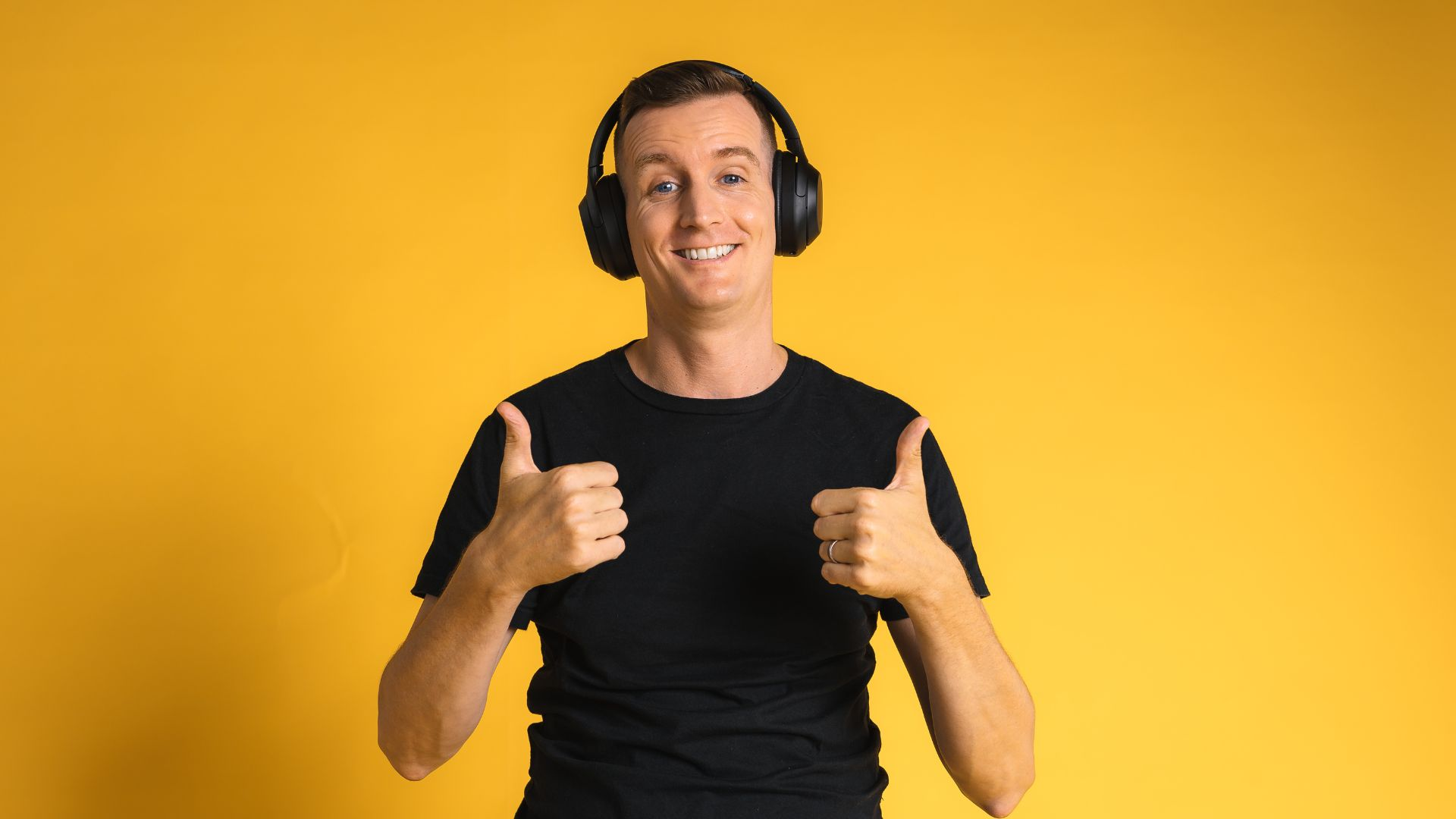
Benefit Of Wearing Headphones For Podcasting
You may see many podcasters wear headphones during recording sessions or even in the editing process.
As a podcaster, incorporating headphones into your recording setup offers numerous benefits that can significantly enhance your podcasting experience.
Sound Isolation
Wearing headphones creates a barrier between your ears and the external noisy environments, effectively isolating you from distracting ambient noise. This isolation allows you to focus solely on your podcast recording or editing sessions, ensuring a better sound quality output.
Minimized External Noise
Headphones act as a shield against external noise interference, such as background chatter or sudden disruptions. They help maintain the clarity and consistency of your podcast, preventing unexpected interruptions from affecting your recording sessions.
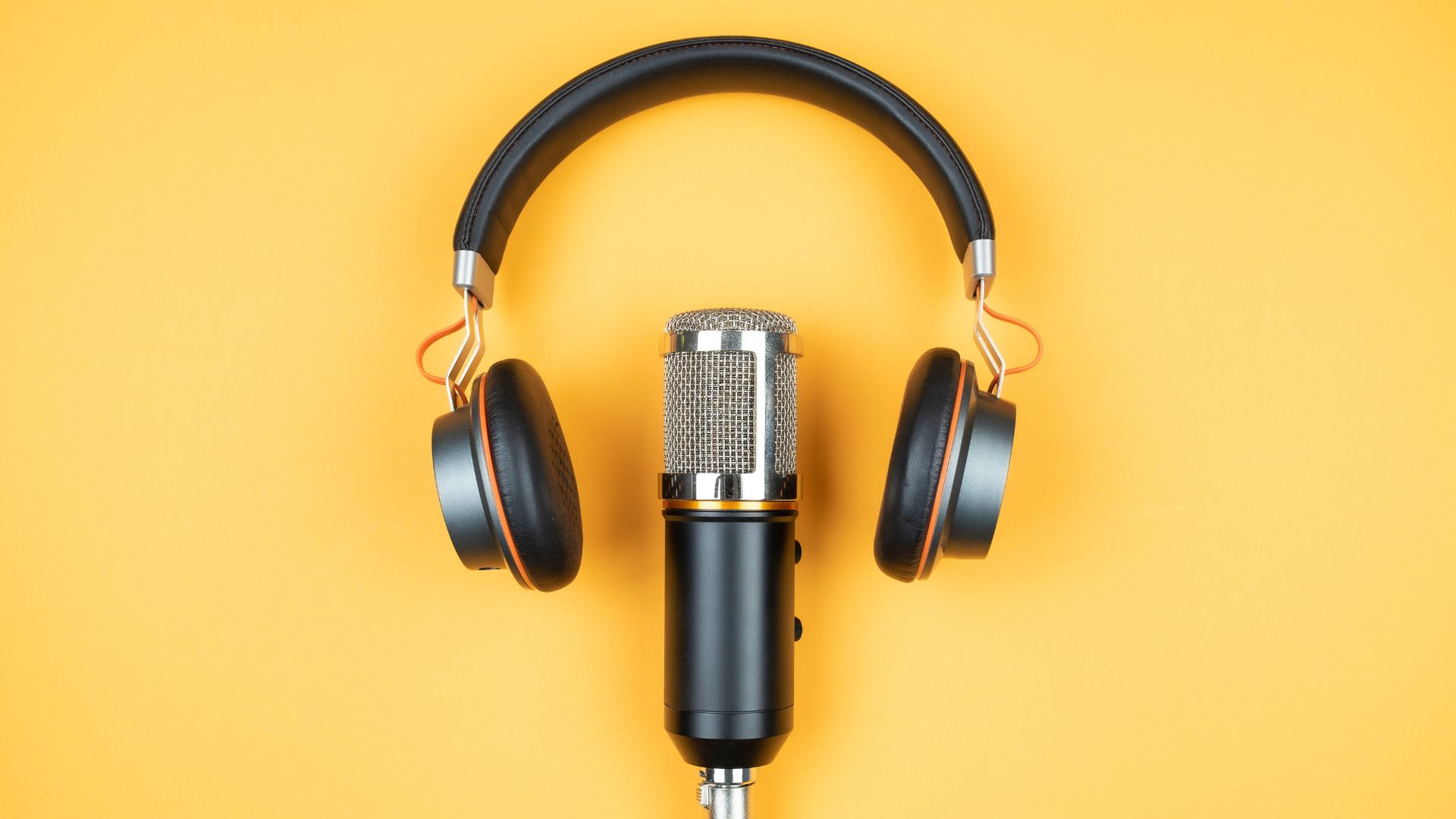
Enhanced Sound Quality
By wearing headphones, you can discern subtle nuances in audio, enabling you to fine-tune your delivery and create a more engaging podcast. With neutral sound reproduction, headphones provide an accurate representation of your voice, helping you identify any issues and make necessary adjustments on the fly.
Accurate Audio Monitoring
Monitoring your audio in real-time is vital for maintaining consistent sound levels and avoiding audio distortions. By wearing headphones, you can accurately gauge your audio output, ensuring that your podcast episodes sound polished and professional.
When selecting headphones for podcasting, prioritize those with noise isolation capabilities, accurate and neutral sound reproduction, and comfortable fit for extended recording sessions. By embracing the right headphones as an essential tool in your podcasting arsenal, you can elevate the quality and overall experience of your podcast.
Types Of Podcast Headphones
Over-Ear Headphones
These headphones feature large ear cups that fully cover your ears, providing excellent sound isolation and comfort. This type is popular among podcasters for its immersive listening experience and ability to block out outside noise.
On-Ear Headphones
On-ear headphones rest directly on your ears, providing a balanced combination of portability and sound quality. They are smaller and lighter than over-ear headphones, making them a good choice for podcasters who prefer a more compact design.
In-Ear Headphones (Earbuds)
In-ear headphones, or earbuds, are small, lightweight, and fit snugly inside your ear canal. They offer a highly portable option for podcasting on the go and are often preferred by podcasters who prioritize convenience and mobility.
On-ear, In-ear, or Over-ear Design?
When comparing these 3 types, it’s important to consider their unique characteristics.
- In-ear headphones excel in portability and noise isolation, making them ideal for on-the-go use.
- On-ear headphones strike a balance between portability and comfort, offering decent sound quality and convenience.
- Over-ear headphones prioritize superior sound quality and comfort, providing a more immersive listening experience and effective noise isolation. However, they tend to be bulkier and less portable.
Ultimately, the choice depends on personal preference and specific needs, whether it’s the convenience of in-ear headphones, the balance of on-ear headphones, or the immersive audio experience of over-ear headphones.
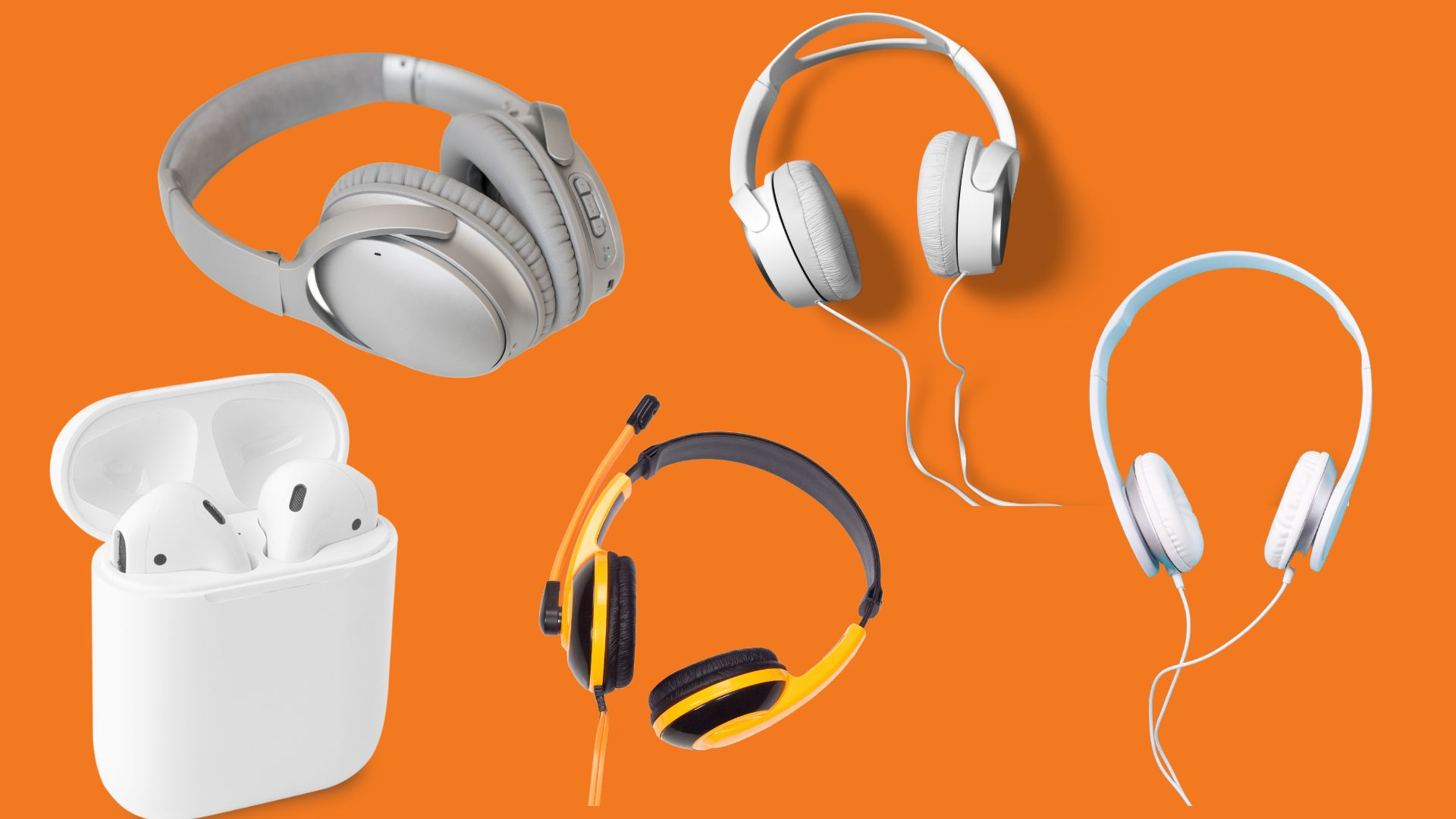
Wireless Headphones
Wireless headphones have gained popularity due to their convenience and freedom of movement. They connect to your podcasting device via Bluetooth, eliminating the hassle of tangled wires and allowing you to move around while recording audio.
Wired Headphones
Also known as studio headphones, are a reliable and commonly used option for podcasting. They offer a direct connection to your recording device, ensuring consistent and high-quality audio transmission without the need for battery charging.
Wire or wireless?
To choose between wire or wireless headphones, consider your needs as well as the desired sound quality.
Wired headphones offer a reliable and consistent connection, ensuring high-quality audio without any potential audio signal loss. They are also generally more affordable and don’t require charging. However, the downside is that the wires can sometimes be cumbersome and restrict movement.
Wireless headphones provide freedom of movement without being tethered to a device. They offer convenience and flexibility, allowing you to move around freely. However, wireless headphones do require charging, and there may be occasional connectivity issues or audio latency depending on the device and connection stability.
Some Notes When Selecting Podcast Headphones
Good Sound Isolation
Effective sound isolation is crucial for podcasting, as it helps to minimize external noise and distractions. Look for headphones with closed-back designs and cushioned ear cups to provide a good seal and block out ambient sound.
Balanced Sound Signature
A balanced sound profile means that the headphones reproduce audio across the entire frequency range without emphasizing or attenuating specific frequencies. This is important because it allows you to accurately monitor and assess the audio quality of your podcast.
Connectivity Options
Determine if the headphones are compatible with your podcasting equipment. Look for headphones with versatile connectivity options, such as a standard 3.5mm audio jack or compatibility with USB or Bluetooth connections.
Microphone Integration
Some headphones come with built-in microphones, which can be useful for podcasters who prefer a more streamlined setup. However, ensure that the microphone quality meets your standards and that it provides clear and accurate audio capture.
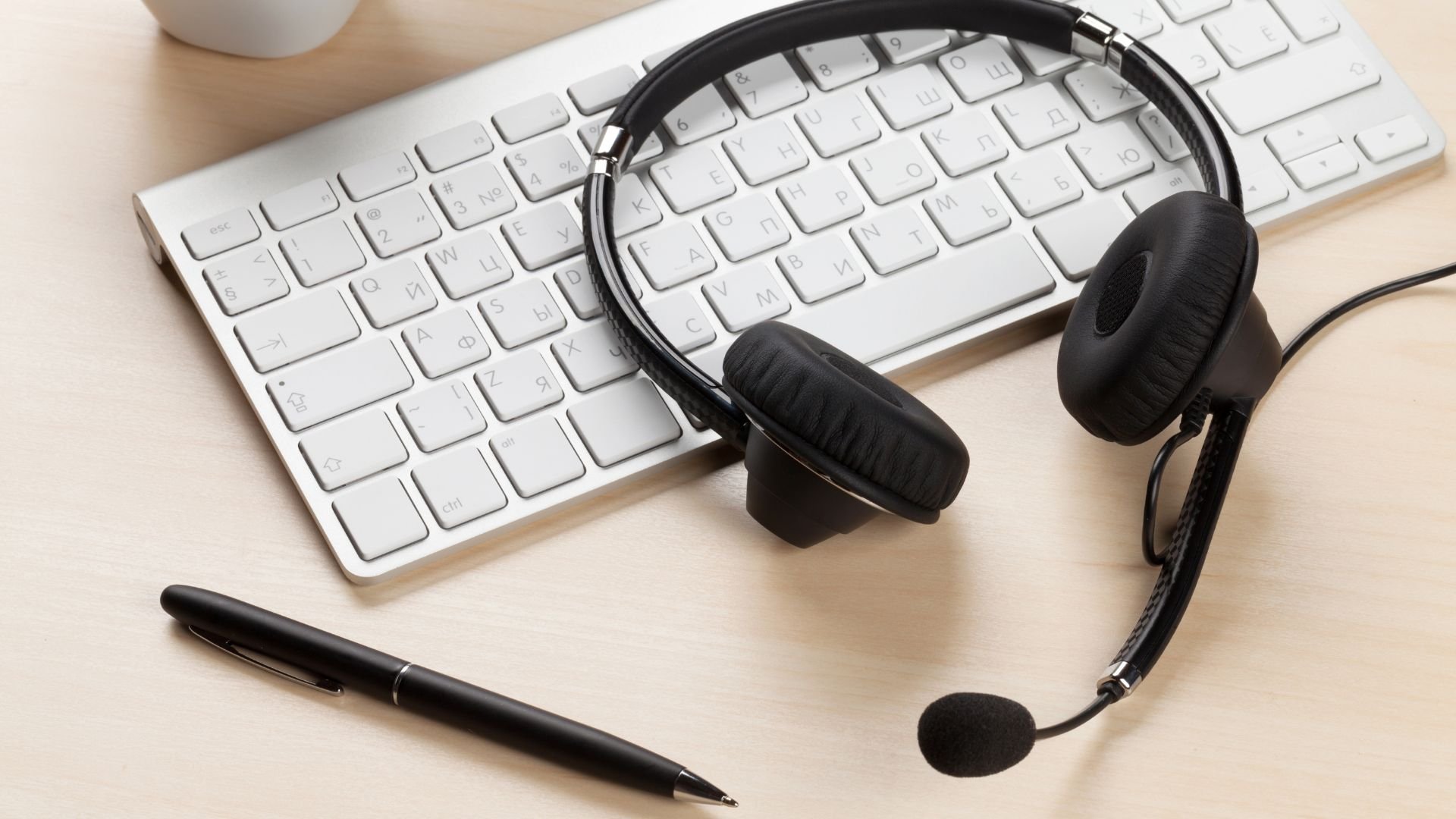
Price Range
Set a budget and find headphones that offer a good balance between quality and affordability. While there are premium options available, you can also find excellent headphones at more budget-friendly price points.
Top Best Podcast Headphones- Affordable Options
Now you have proper knowledge about headphones, we’re going to figure out some of the best podcast headphones based on your budget. I will provide you with podcast headphone specifications, their pros and cons as well as the price range.
Let’s get started with the first range- Best budget podcast headphones.
These are the best podcast headphones for podcasters who are conscious of their budget. Despite being affordable, these headphones offer impressive performance and essential features that are crucial for podcasting.
Audio-Technica ATH-M20x
These closed-back headphones offer a balanced sound signature, good sound isolation, and a durable build. The ATH-M20x is known for its value for money, offering solid audio performance at an affordable price point.
Pros
- Balanced Sound Quality
The ATH-M20x delivers a balanced sound signature, providing accurate and detailed audio reproduction. This makes it suitable for podcasters who require clear and natural-sounding recordings.
- Over-Ear Design
The over-ear design of the headphones offers excellent noise attenuation, minimizing external sounds and preventing sound leakage during podcast recording or monitoring sessions.
- Robust Build Quality
The ATH-M20x is built to withstand regular use. It features a durable construction with a sturdy headband and ear cups, ensuring longevity even with frequent wear.
- Single-Sided Cable
The headphones come with a single-sided cable that is detachable, allowing for convenient storage and replacement if needed.
Cons
- Limited Soundstage: Compared to higher-end models, the ATH-M20x may have a narrower soundstage, which could affect the perception of spatial audio.
Price
The Audio-Technica ATH-M20x was priced around $50 to $70 USD, positioning it in the budget-friendly range.
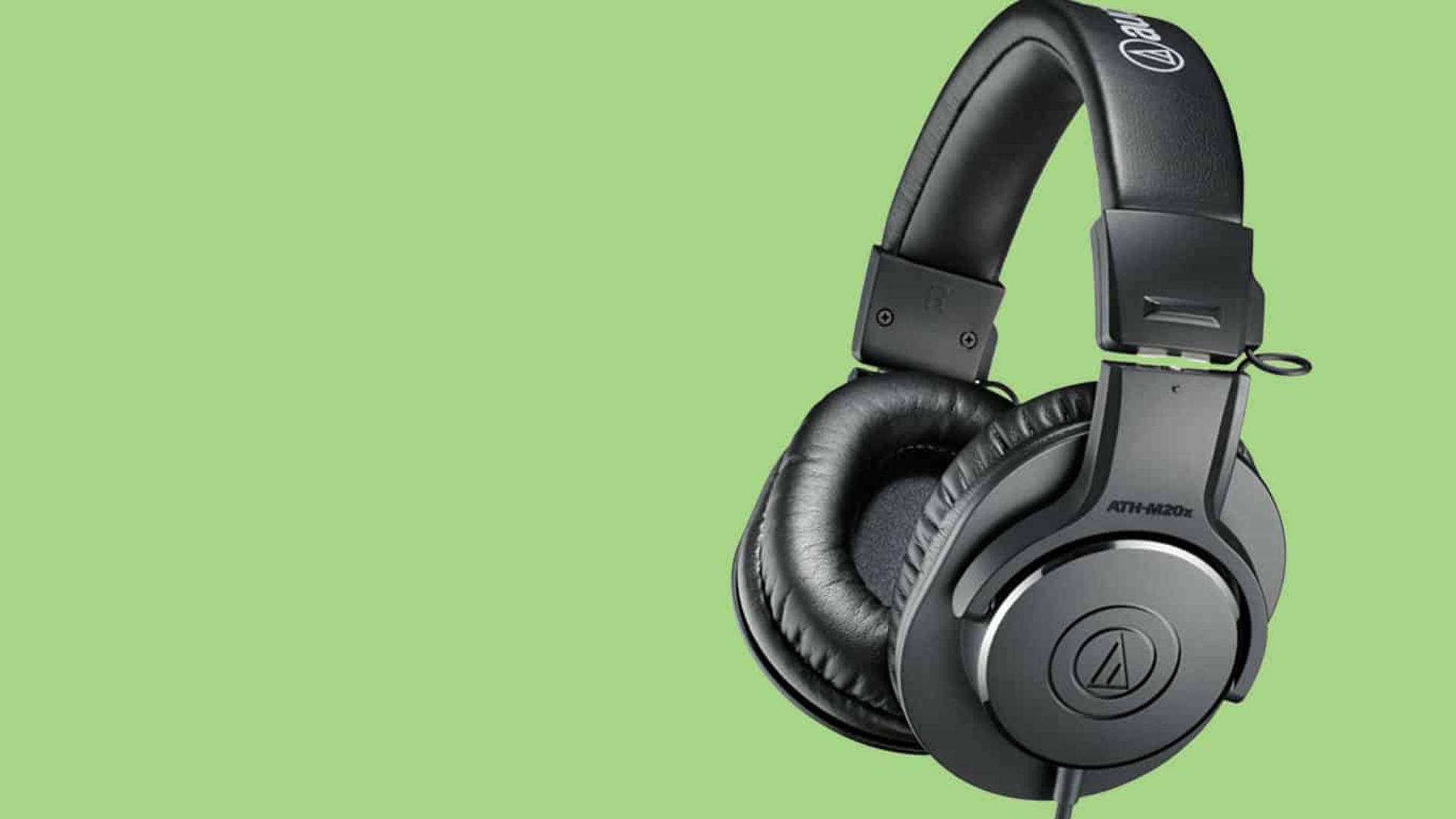
Sennheiser HD 280 PRO
This pair of wired headphones offer a good neutral sound signature, which makes them popular podcast headphones among podcasters and audio professionals for their excellent noise isolation and accurate sound reproduction.
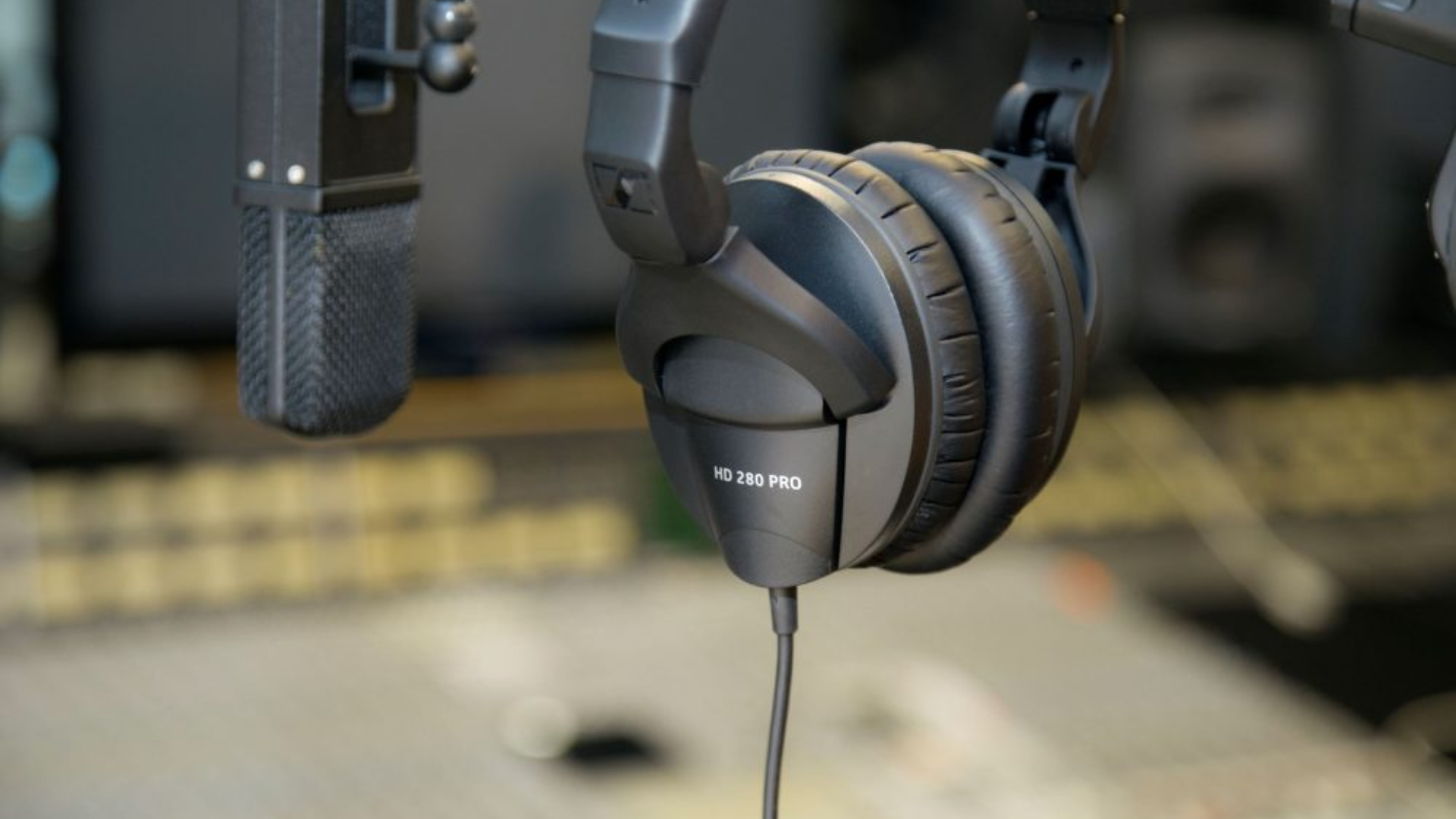
Pros
- Closed-Back Headphones Design:
The HD 280 PRO features a closed-back design, which means that the padded ear cups are fully sealed, avoid sound leakage and prevent ambient noise from entering. This design is crucial for podcasters as it offers excellent sound isolation, allowing you to focus on your recordings without distractions.
- Wide Frequency Response:
With a range of 8Hz to 25kHz, the HD 280 PRO ensures accurate and detailed audio reproduction across the entire frequency spectrum. This wide frequency response is essential for podcasters who need to capture and monitor every nuance of their voice and audio content.
- Detachable Cable:
The headphones come with a detachable coiled cable that provides flexibility and convenience. The coiled design helps prevent tangling and allows for easy extension when needed. The cable is replaceable, which is a practical feature for extending the lifespan of the headphones.
Cons
- Bulky and less portable compared to smaller headphones.
- The headband padding may wear out over time with extended use.
- Lack of additional features such as wireless connectivity or in-line controls.
Price
$100-120
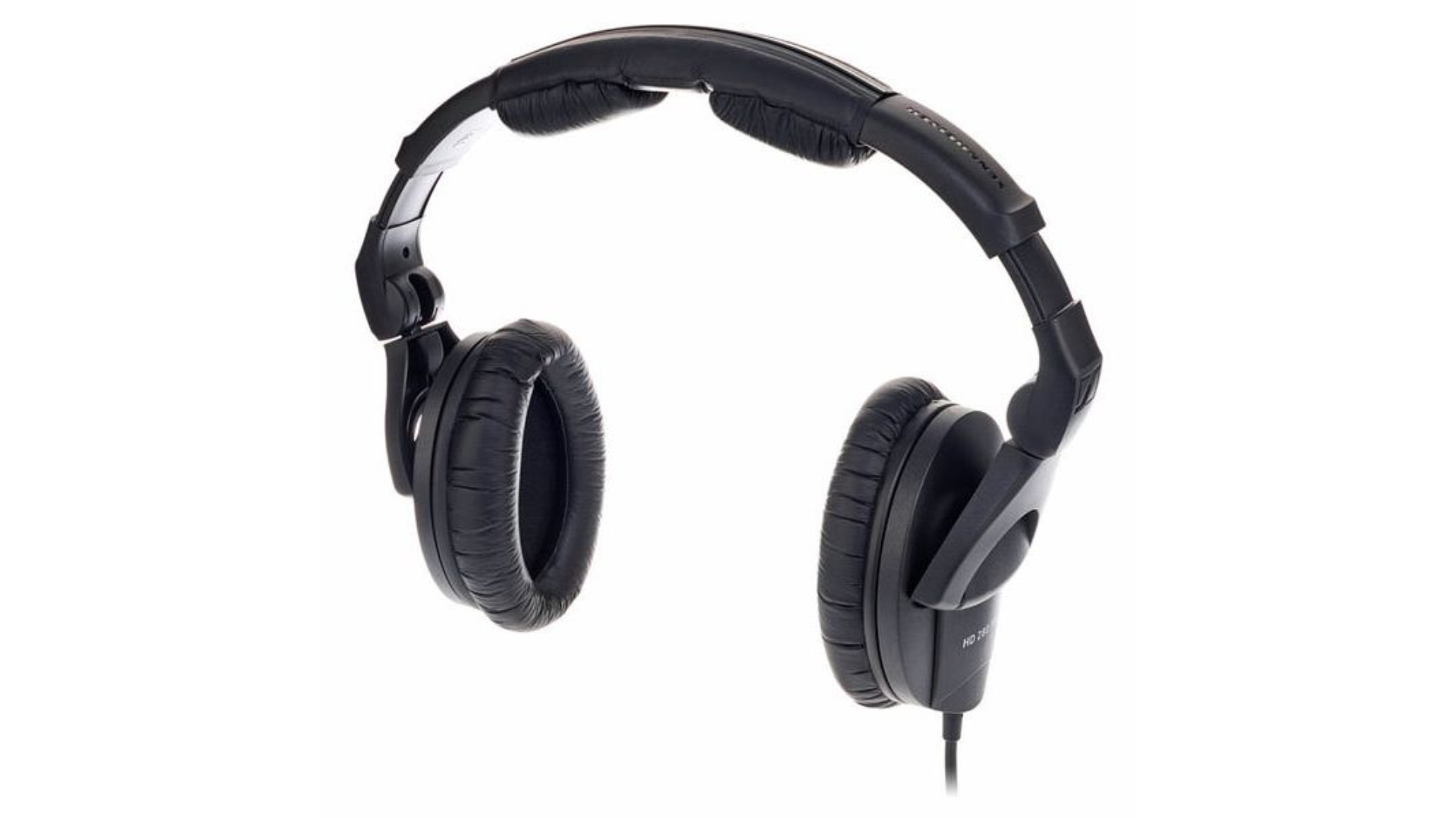
Top Best Podcast Headphones- Mid-Range Options
Audio-Technica BPHS1
The Audio-Technica BPHS1 is a popular broadcast stereo headset widely used by podcasters, broadcasters, and professionals in the audio industry. It is specifically designed to provide excellent audio quality and comfort during extended use.
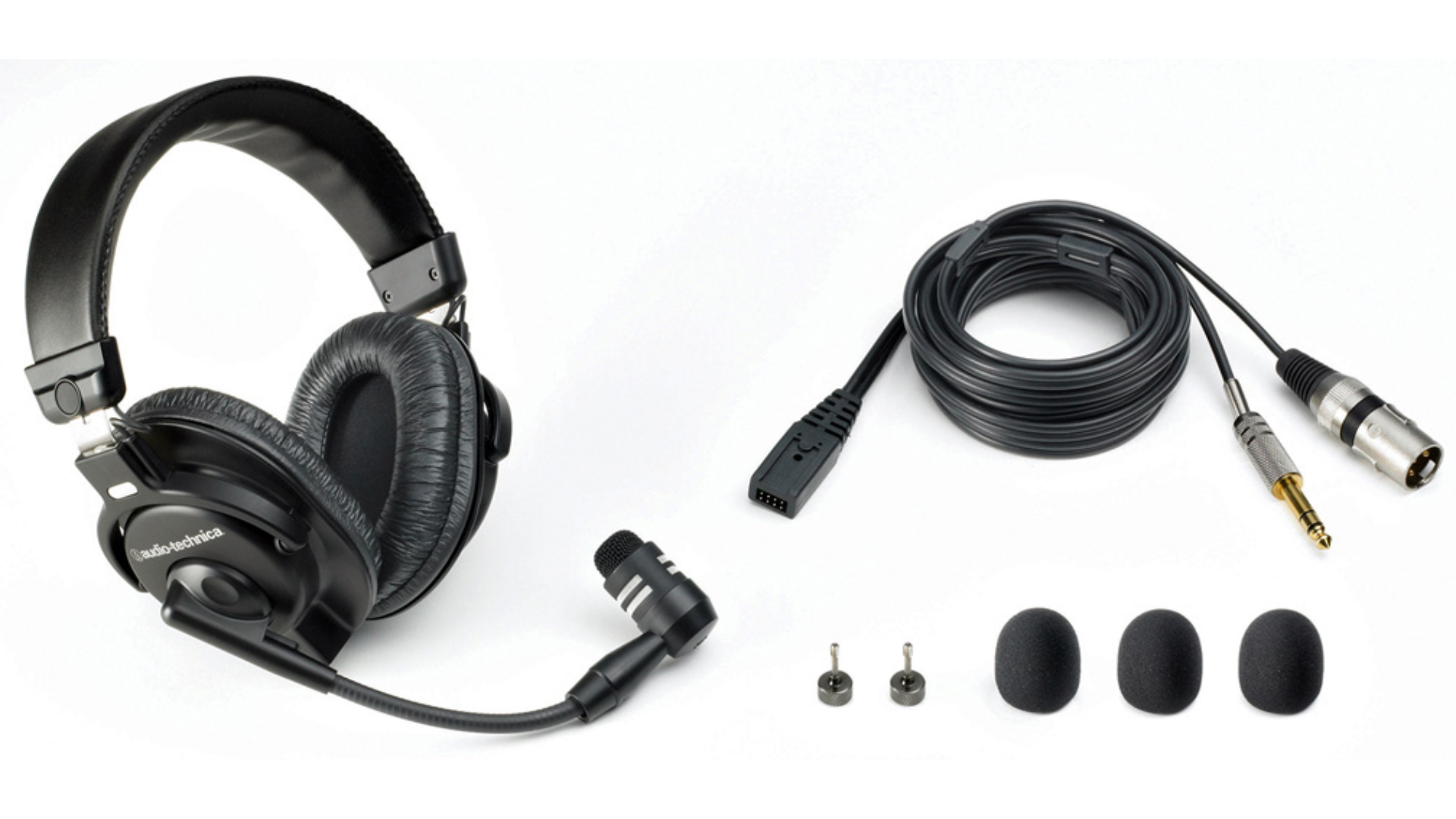
Pros
- Dual-Sided Design
The BPHS1 features a dual-sided design with closed-back circumaural (over-ear) padded ear cups. This design makes it a good noise-canceling podcast headphones, avoiding audio bleed and blocking out ambient noise.
- High-Quality Sound
With a frequency response range of 20Hz to 20kHz, the BPHS1 delivers accurate recording vocals and detailed sound reproduction. Its dynamic microphone element ensures clear and articulated vocal capture, making it ideal for podcasting and broadcasting applications.
- Comfortable Fit
The headset is designed for long recording sessions, featuring lightweight construction and cushioned ear cups. The adjustable headband ensures a secure and comfortable fit for various head sizes.
- Professional-Grade Microphone
The BPHS1 integrates a cardioid dynamic microphone with a frequency response tailored for speech. It effectively captures clear and focused vocals while minimizing background noise and off-axis sound.
Cons
- May not be as suitable for general listening or other multimedia applications.
- Requires a physical connection to an audio source, limiting mobility compared to wireless options.
Price
$200-250
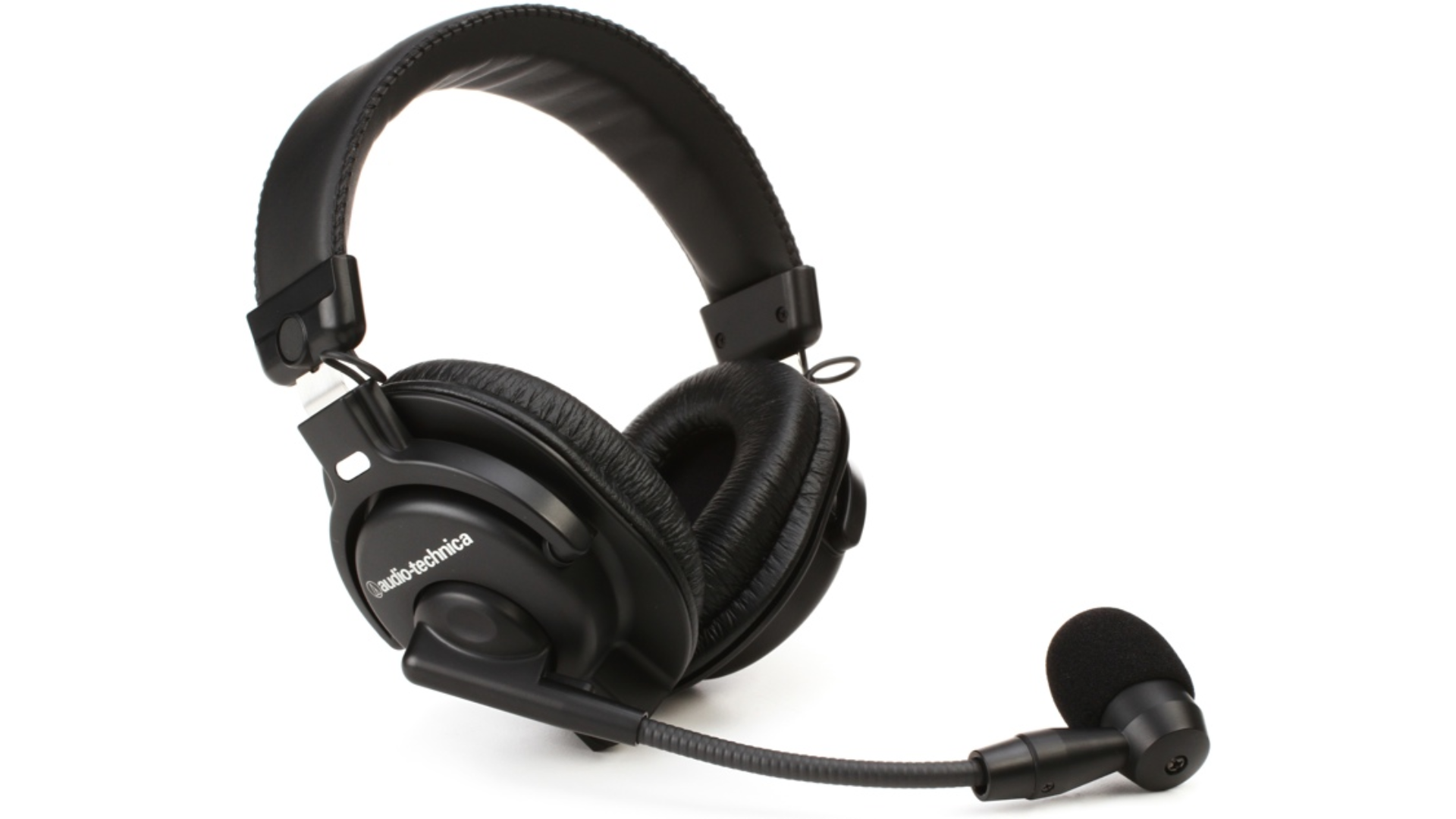
Audio-Technica ATH-M50x
Audio-Technica ATH-M50x is a pair of headphones that is highly regarded by sound engineers, these headphones offer more natural sound, great comfort, and a detachable cable for convenience.
Pros
- Exceptional Sound Quality
The ATH-M50x is renowned for its outstanding sound reproduction. It features large 45mm drivers with rare-earth magnets and copper-clad aluminum wire voice coils, delivering accurate and detailed audio across a wide frequency range.
- Detachable Cables
The podcast headphones come with three detachable cables, including a straight cable and coiled cable options. This provides versatility and convenience, allowing users to choose the cable length that suits their needs.
- Wide Compatibility
Audio-Technica ATH-M50x is compatible with various devices, you can connect it with a smartphone, an audio interface, and portable audio players. It has a standard 3.5mm headphone jack and comes with a 6.3mm adapter for connecting to different audio sources.
- Low Impedance Headphones
It features a low impedance of 38 ohms, making it easy to drive with various audio equipment, including smartphones, portable music players, and laptops, without the need for additional amplification.
Cons
- The earpads on the ATH-M50x are not easily replaceable. Over time, the earpads may show signs of wear
- Some individuals who prefer a more neutral sound signature may find the bass slightly emphasized.
Price
$150-200
Top Best Podcast Headphones- High-End Options
These podcast headphones in this list are regarded as the top best podcast headphones among podcasters. They offer excellent sound quality, better noise cancellation and many more advanced features.
It’s important to note that high-end options generally come with a higher price tag due to their superior performance. They are suitable for individuals who prioritize the highest audio quality, demand precise sound reproduction, and have a budget to invest in top-of-the-line equipment.
Sony WH-1000XM4
The Sony WH-1000XM4 is a highly acclaimed high-end wireless headphones that offers a range of outstanding features.
Pros
- Industry-Leading Noise Cancellation
The WH-1000XM4 is renowned for offering offer better sound isolation. It uses advanced technology to analyze and suppress ambient noise and external sound, allowing you to enjoy your music or podcasts without distractions from the outside world.
- Bluetooth Connectivity
These podcast headphones use Bluetooth connectivity, and once connected, they can catch the audio signal being transmitted by the paired device. These headphones offer seamless wireless connectivity, enabling you to connect to your devices without the hassle of cables. They also support LDAC, a high-quality audio codec, for improved wireless audio transmission.
- Comfort and Long Battery Life
These headphones are designed for comfort, with soft, plush earpads and an adjustable headband. They are lightweight and can be worn for extended periods without causing discomfort. The battery life is impressive, offering up to 30 hours of playback on a single charge.
- Touch Controls and Voice Assistant Integration
The WH-1000XM4 features touch-sensitive controls on the earcups, allowing you to adjust volume, play/pause music, and answer calls with simple gestures. It also supports voice assistants like Google Assistant and Amazon Alexa for convenient hands-free control.
Cons
- App Dependency: To access and adjust some advanced features and settings, you need to use the Sony Headphones Connect app. This dependency on the app may not be preferred by users who prefer a more straightforward and standalone experience.
- Lack of Customization: Some users may find the customization options for sound settings and equalization limited compared to other pair of headphones in a similar price range.
Price
The Sony WH-1000XM4 headphones are available at a price range of approximately $300 to $350.
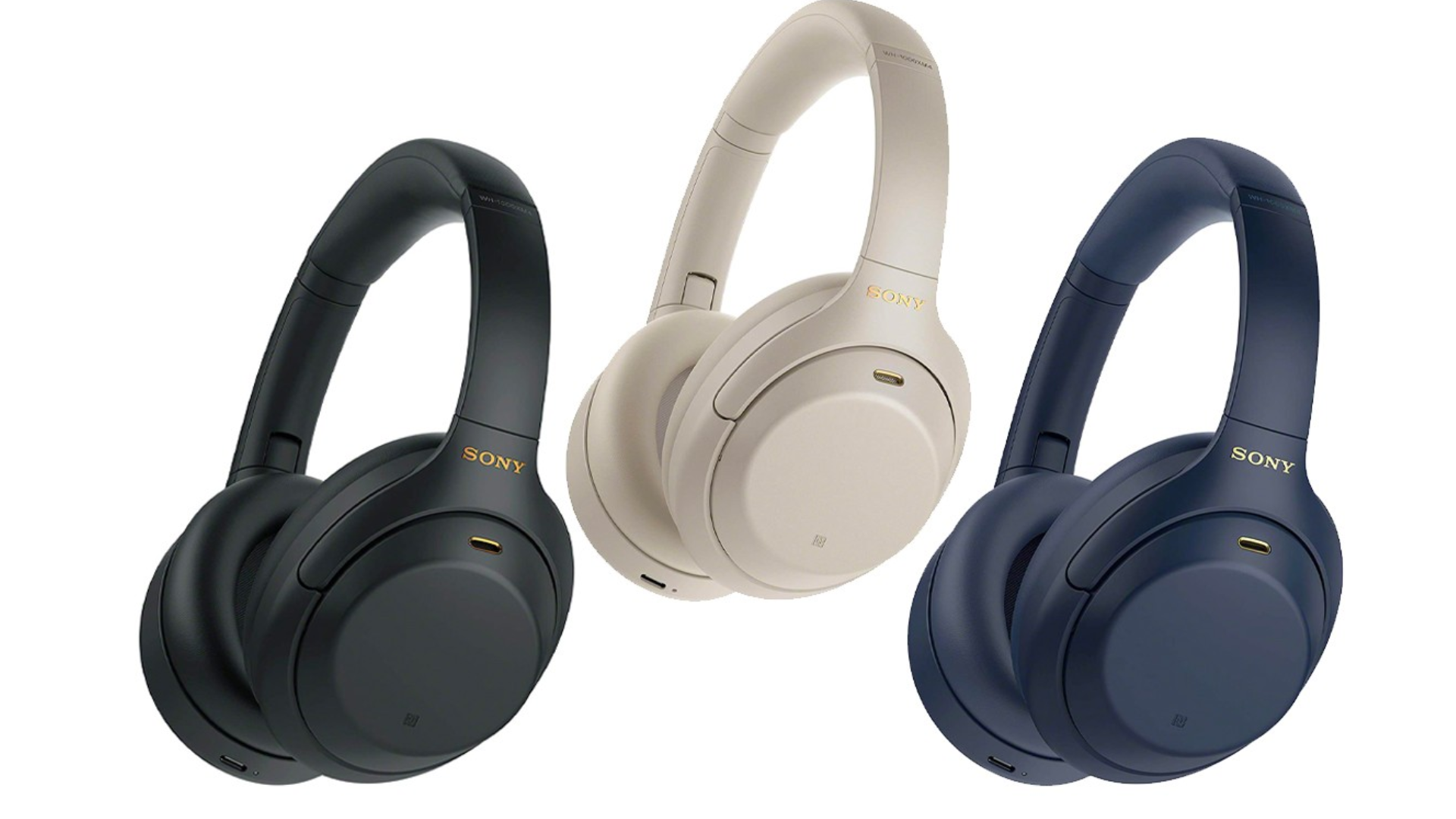
Audeze LCD-2
If you’re looking for unparalleled audio quality, these planar magnetic podcast headphones provide wide frequency response, exceptional clarity, and a luxurious build, though they come at a higher price point.
Pros
- Open-Back Design
The LCD-2 features an open-back design, allowing for a spacious and airy soundstage. This design choice enhances the sense of depth and imaging in the audio, making it suitable for critical listening and audio production tasks.
- Premium Build Quality
These headphones are meticulously crafted with high-quality materials. They feature a sturdy metal and wood construction that not only enhances their durability but also adds a touch of elegance to their appearance. The plush ear pads and padded headband ensure a comfortable fit even during extended listening sessions.
- Detachable Cable and Versatile Connectivity
The LCD-2 comes with a detachable cable, allowing for easy replacement and customization. The headphones feature a standard 3.5mm connection and come with a 6.3mm adapter, making them compatible with a wide range of audio sources and equipment.
Cons
- Limited Portability: Due to their size, weight, and an open-back design, the LCD-2 headphones may not be the most portable option.
- Power Requirements: Planar magnetic headphones like the LCD-2 typically require more power to drive compared to other headphone types.
Price
The Audeze LCD-2 is considered a high-end headphone option, catering to audiophiles and professional users. The price range for the LCD-2 typically falls between $800 and $1,000, reflecting its premium build quality and exceptional sound performance.
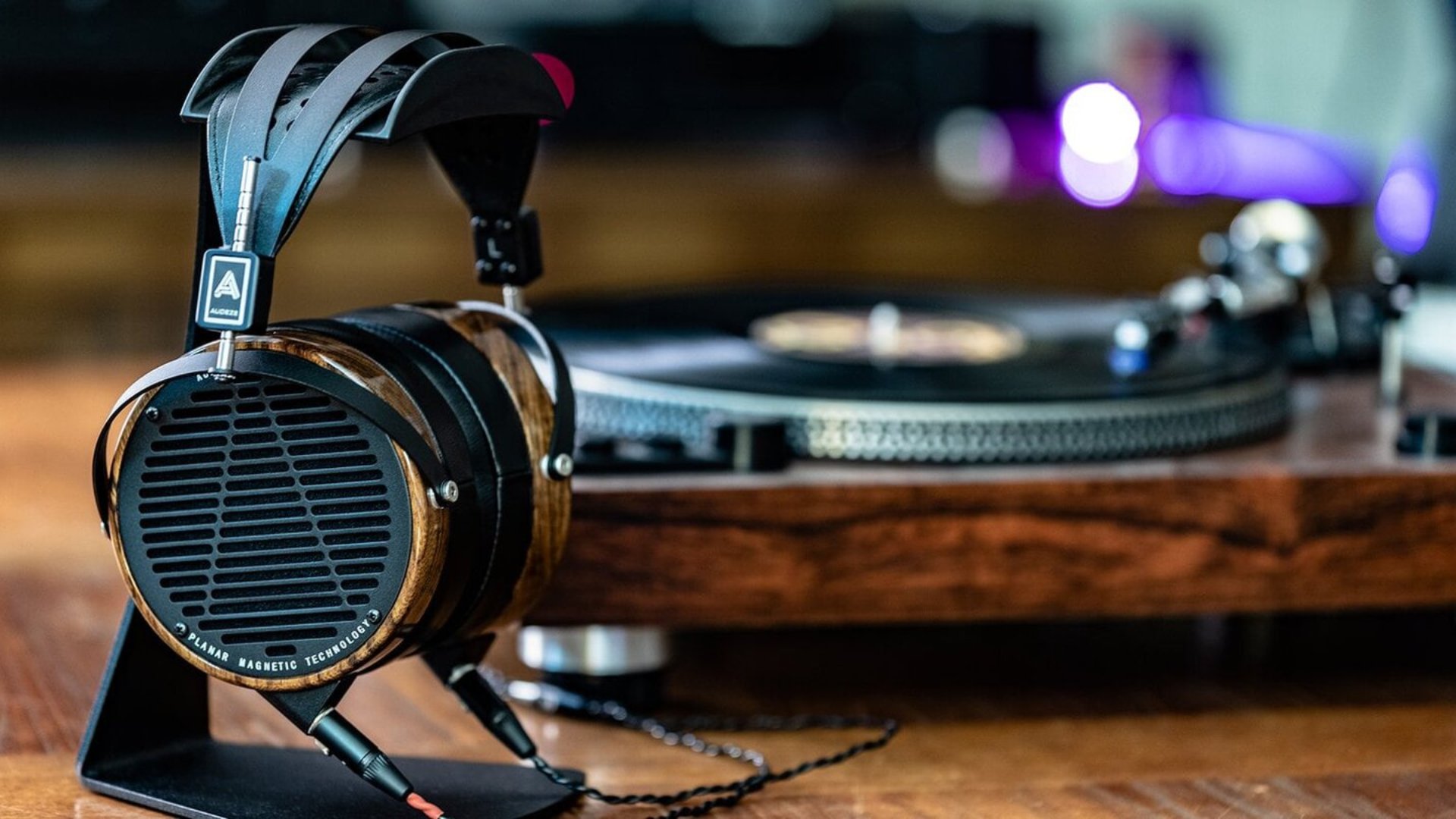
Other Audio Equipment To Enhance Your Podcast Experience
In addition to high-quality headphones, there are several other audio devices options that can improve your sound quality and podcasting experience:
Microphone: Invest in a good microphone to ensure clear and professional-sounding audio. Condenser microphones are popular for podcasting due to their sensitivity and ability to capture rich sound.
Acoustic Treatment: Consider adding acoustic treatment to your recording space to minimize echoes, reverberation, and external noises. Options include foam panels, bass traps, and diffusers, which help create a more controlled and professional recording environment.
Headphone Amplifier: A headphone amplifier can be useful if you need to connect multiple headphones to a single audio source. It ensures everyone can monitor the audio accurately and at appropriate volume levels.
Audio Editing Software: Invest in reliable audio editing software to edit and polish your podcast episodes. Look for features like noise reduction, equalization, compression, and editing tools to enhance the overall sound quality.
Best Podcast Headphones- A Wrap-Up
Have you chosen your own pair of headphones that meets your specific needs and budget? I hope you have.
Selecting the best headphones for podcasting is a crucial decision that can significantly impact the quality of your recordings. By considering key factors such as sound quality, comfort, durability, noise isolation, and your budget, you can make an informed choice that suits your specific podcasting needs.
Remember to consider the specific needs of your podcasting setup and your personal preferences when making a decision. Whether you opt for in-ear, on-ear, or over-ear headphones, prioritize comfort and sound quality to ensure that you can deliver high-quality content to your audience.
In the end, the best headphones for podcasting are the ones that enhance your audio production, enable you to accurately monitor your recordings, and keep you engaged in the creative process. Choose wisely, and let your podcasting journey be filled with exceptional sound and captivating content.
